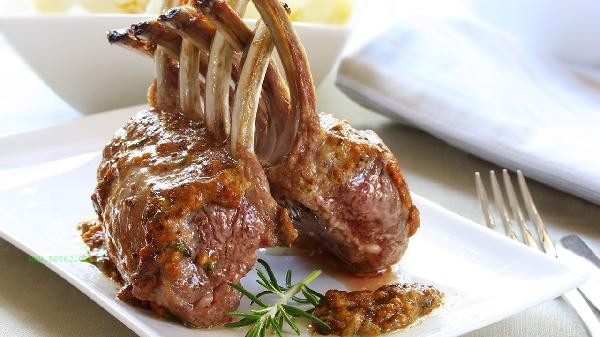The key to cooking beef and mutton until soft and tender lies in the combination of material selection, pretreatment, and stewing techniques. There are mainly methods such as selecting suitable parts, soaking thoroughly in blood removing water, blanching in cold water, controlling the heat and time, and adding acidic or enzyme based auxiliary materials.

1. Choose appropriate parts
Beef brisket, beef ribs, lamb leg meat and other connective tissue rich parts are more suitable for long-term stewing. These parts contain a lot of collagen, which will be converted into gelatin after sufficient heating, making the meat tender and juicy. Avoid choosing pure lean meat such as beef tenderloin, as prolonged stewing can easily turn into wood.
2. Soak the beef and mutton in sufficient water to remove blood.
Cut the beef and mutton into pieces and soak them in cold water for more than 2 hours, changing the water 3 times in the middle. Blood can cause the meat to become tight and produce foam during stewing, affecting the taste. Soaking can also remove some of the fishy smell, making the final dish more refreshing. In winter, soaking in warm water can accelerate the leakage of blood.
3. Blanch meat in cold water
When blanching, the meat should be heated synchronously with the cold water. A slow increase in water temperature can help complete blood foam precipitation. After boiling, continue boiling for 3 minutes, skim off the foam, remove and rinse with warm water. Never blanch meat directly with boiling water, as high temperatures can cause surface proteins to quickly solidify and lock in blood.

4. Control the heat and time
When stewing, first boil over high heat and then simmer over low heat slowly. Beef usually takes more than 2 hours, and lamb takes about 1.5 hours. Using a clay pot or enamel pot can better maintain a constant temperature and avoid local overheating. When using chopsticks to easily penetrate meat chunks, turn off the heat and let the remaining heat simmer for another 30 minutes.
5. Adding auxiliary materials
Adding foods containing natural proteases such as hawthorn slices, vinegar, or pineapple can break down muscle fibers. Mix 1-2 slices of hawthorn or 1 tablespoon of vinegar for every 500 grams of meat, as excessive amounts can cause the meat to become loose. Tannins in tea and beer can also help soften meat and add flavor layers.

After stewing, let the meat pieces cool naturally in the broth, refrigerate overnight, and then heat for better taste. When stewed with root vegetables such as white radish and carrots, it can absorb the meaty aroma and balance the greasiness. Pay attention to controlling the timing of adding salt. Adding salt too early can cause the meat to shrink and harden. It is recommended to season 15 minutes before stewing is complete. People with weak digestive function can filter out surface floating oil or add a small amount of tangerine peel to help break down fat.








Comments (0)
Leave a Comment
No comments yet
Be the first to share your thoughts!